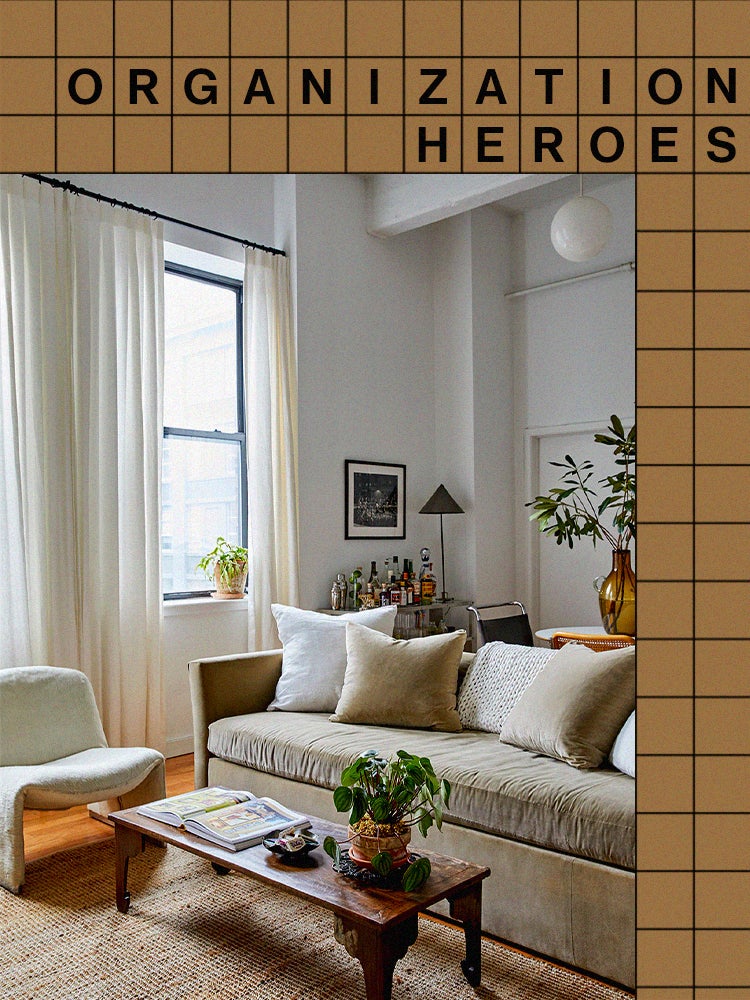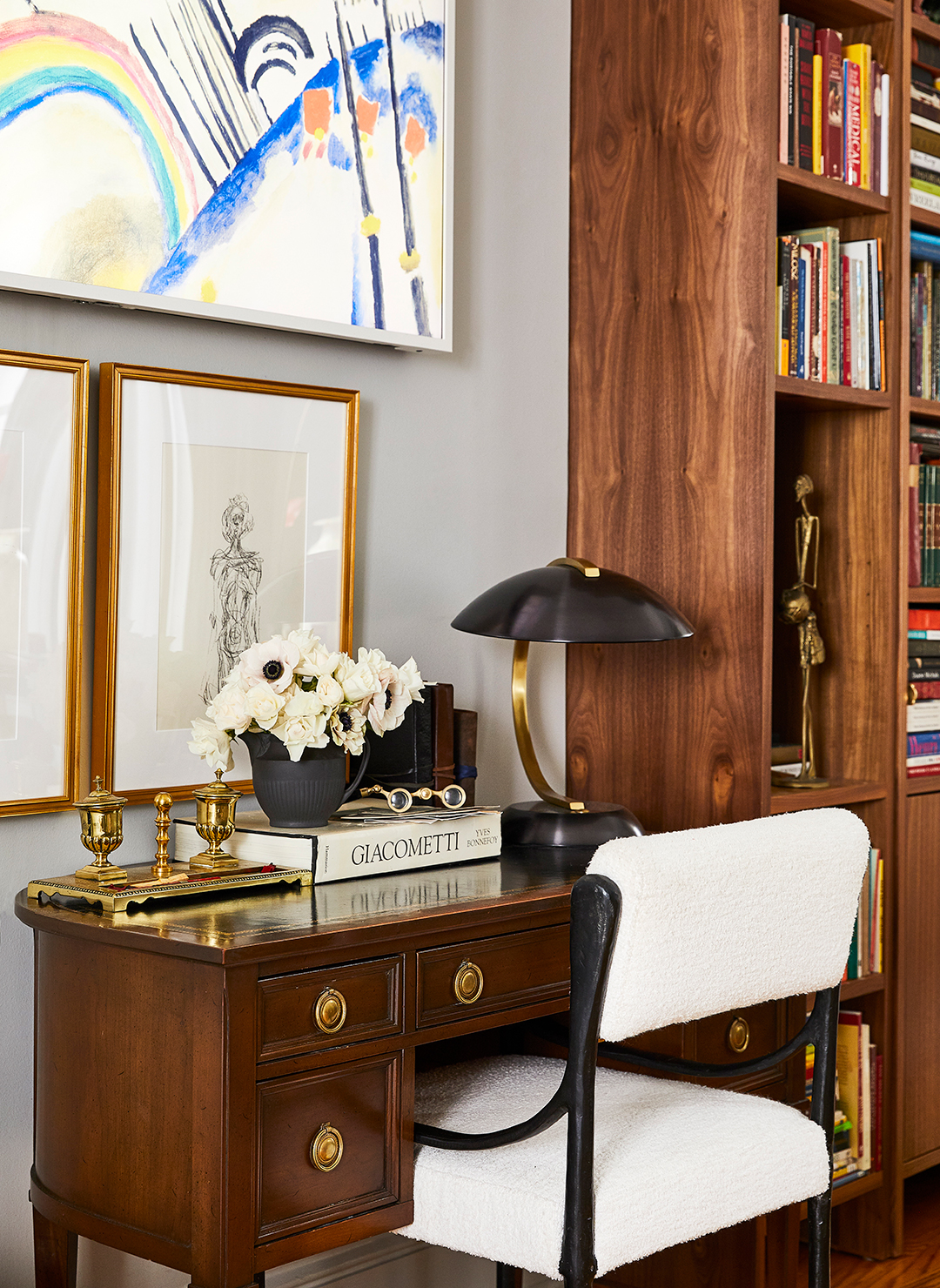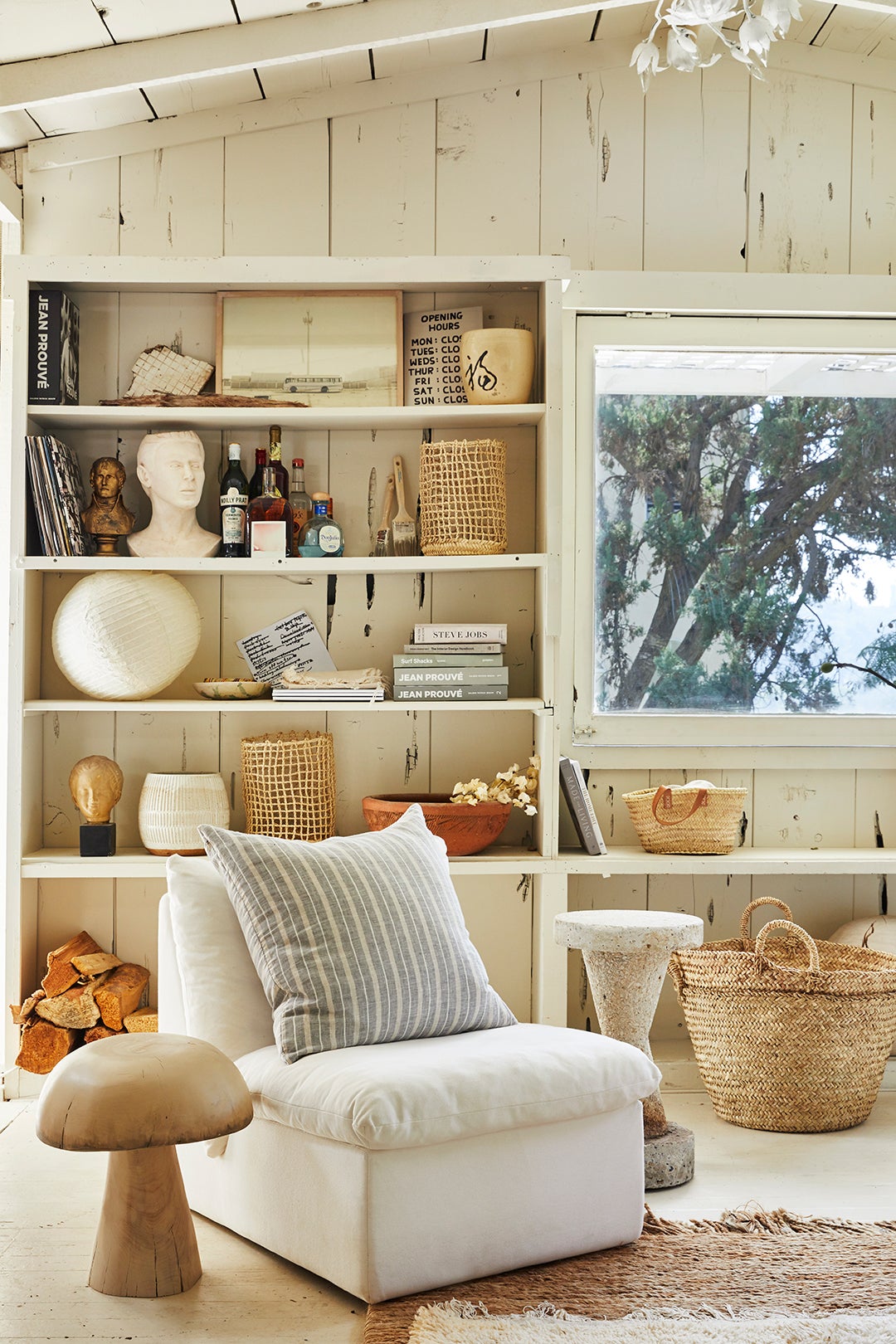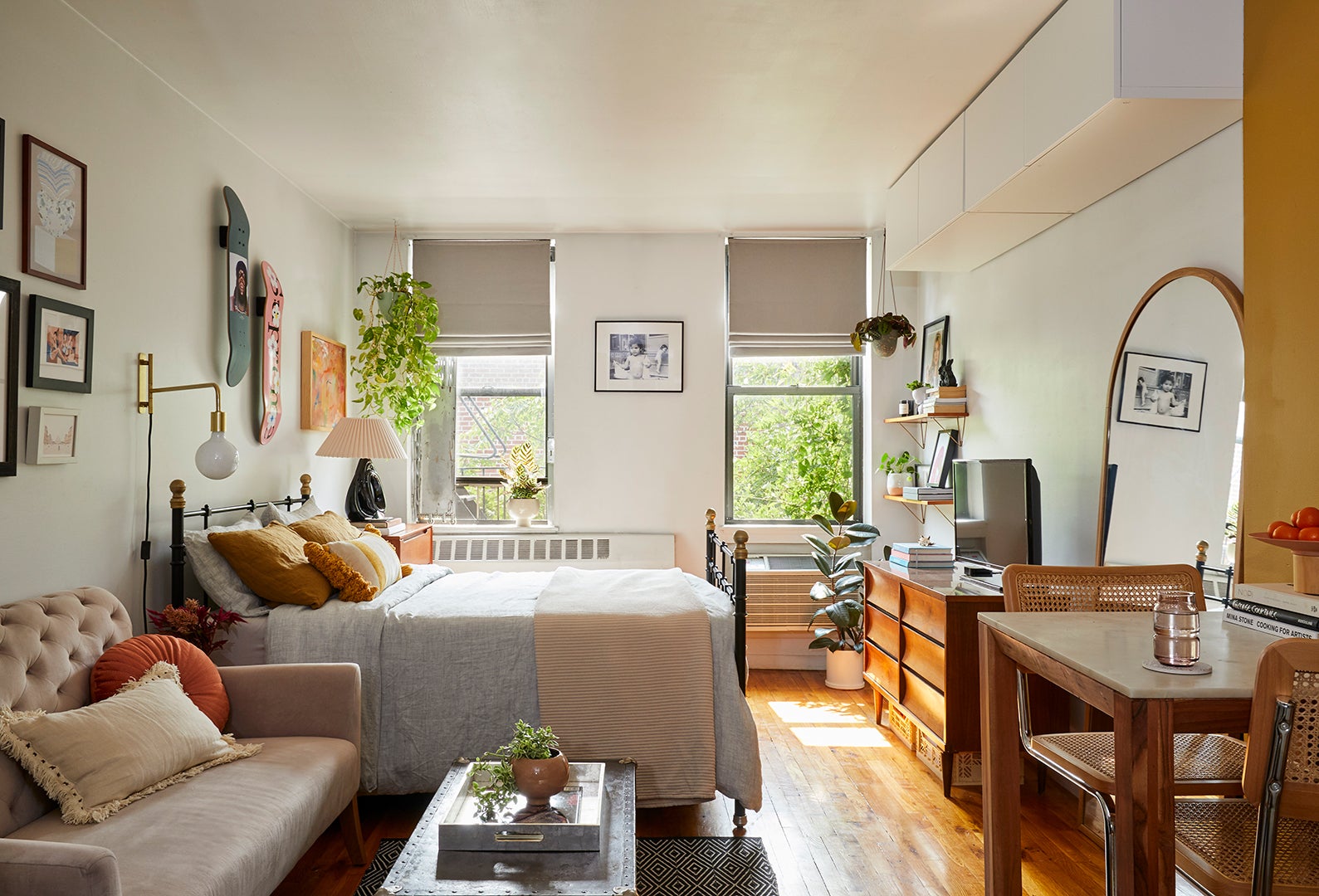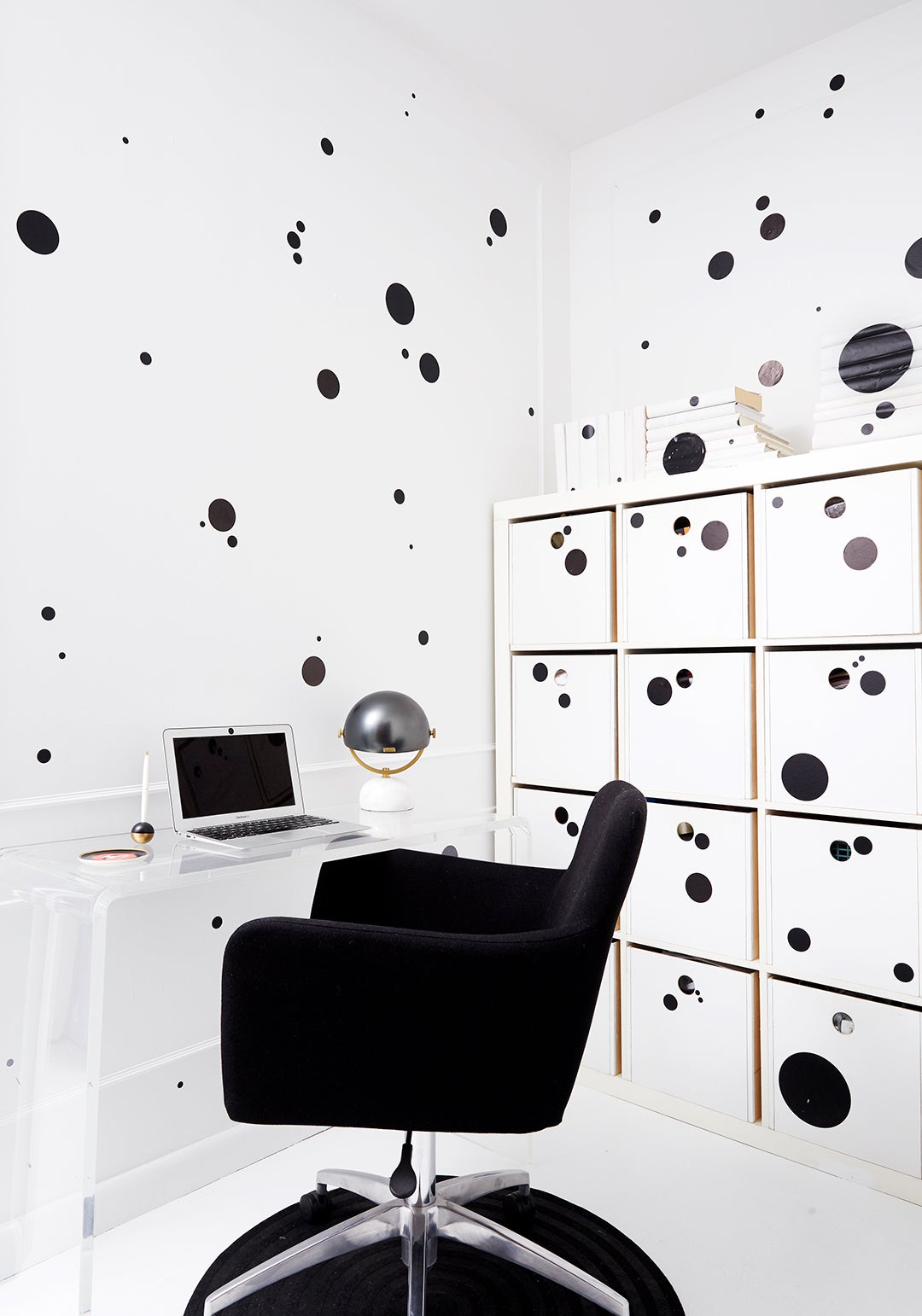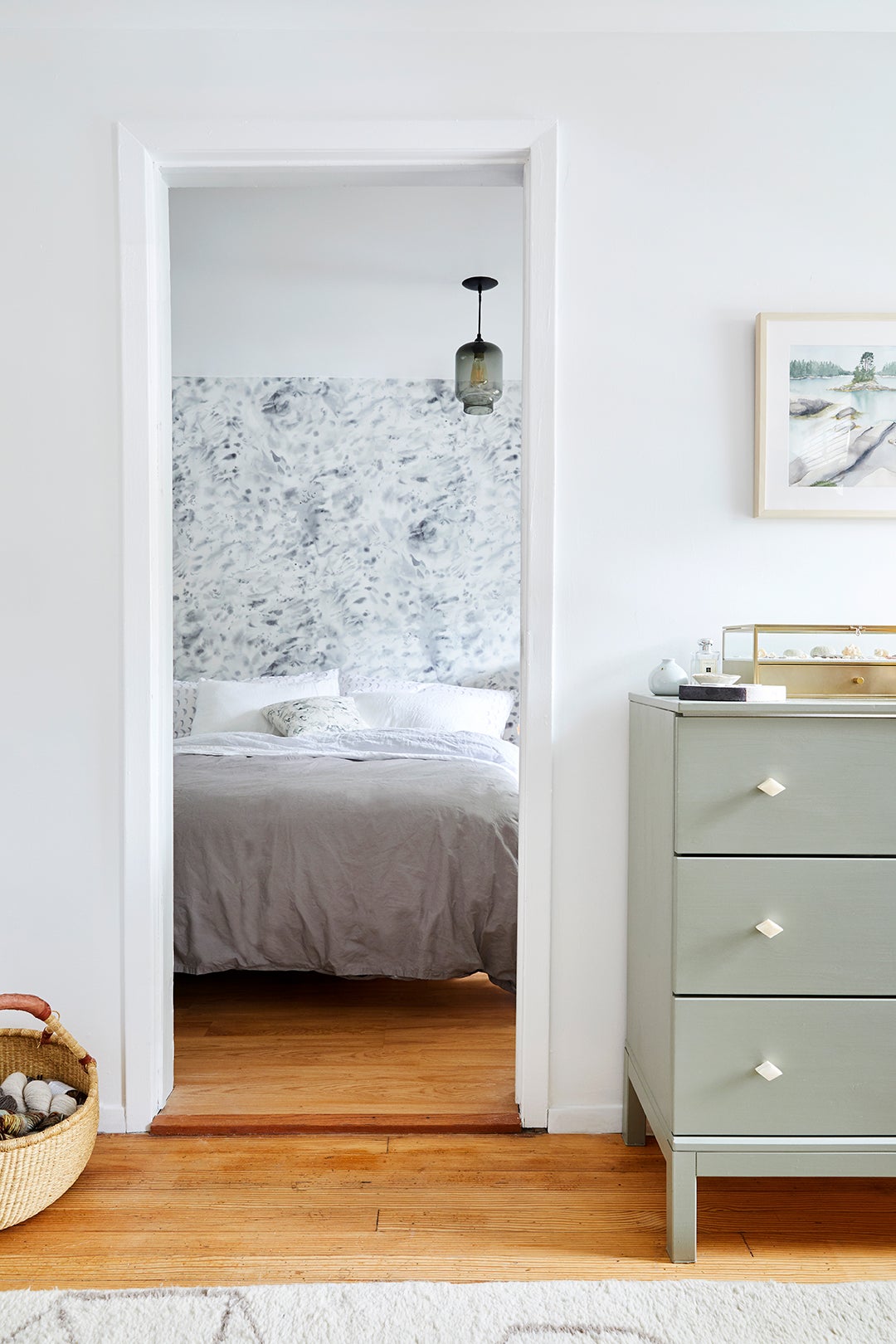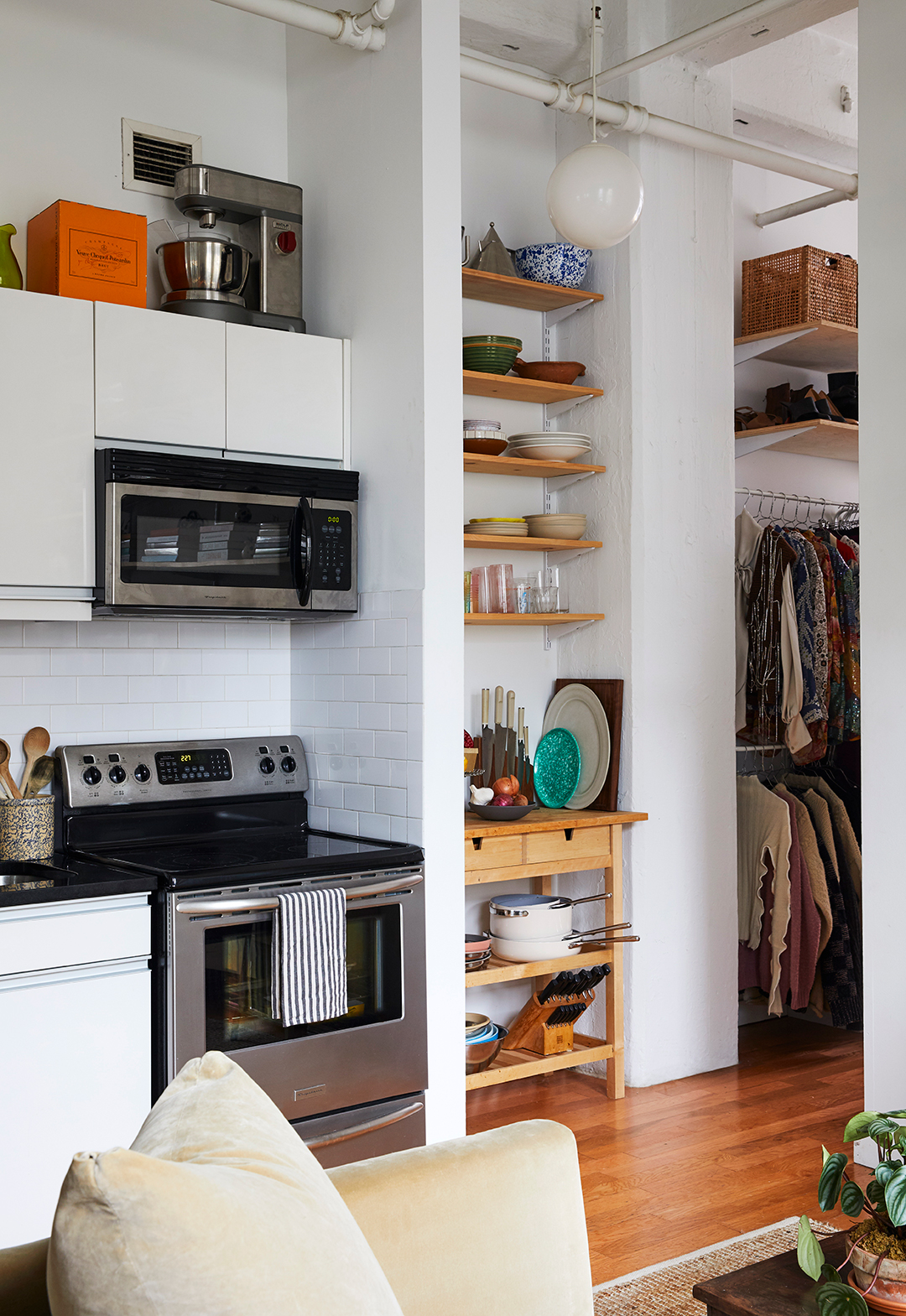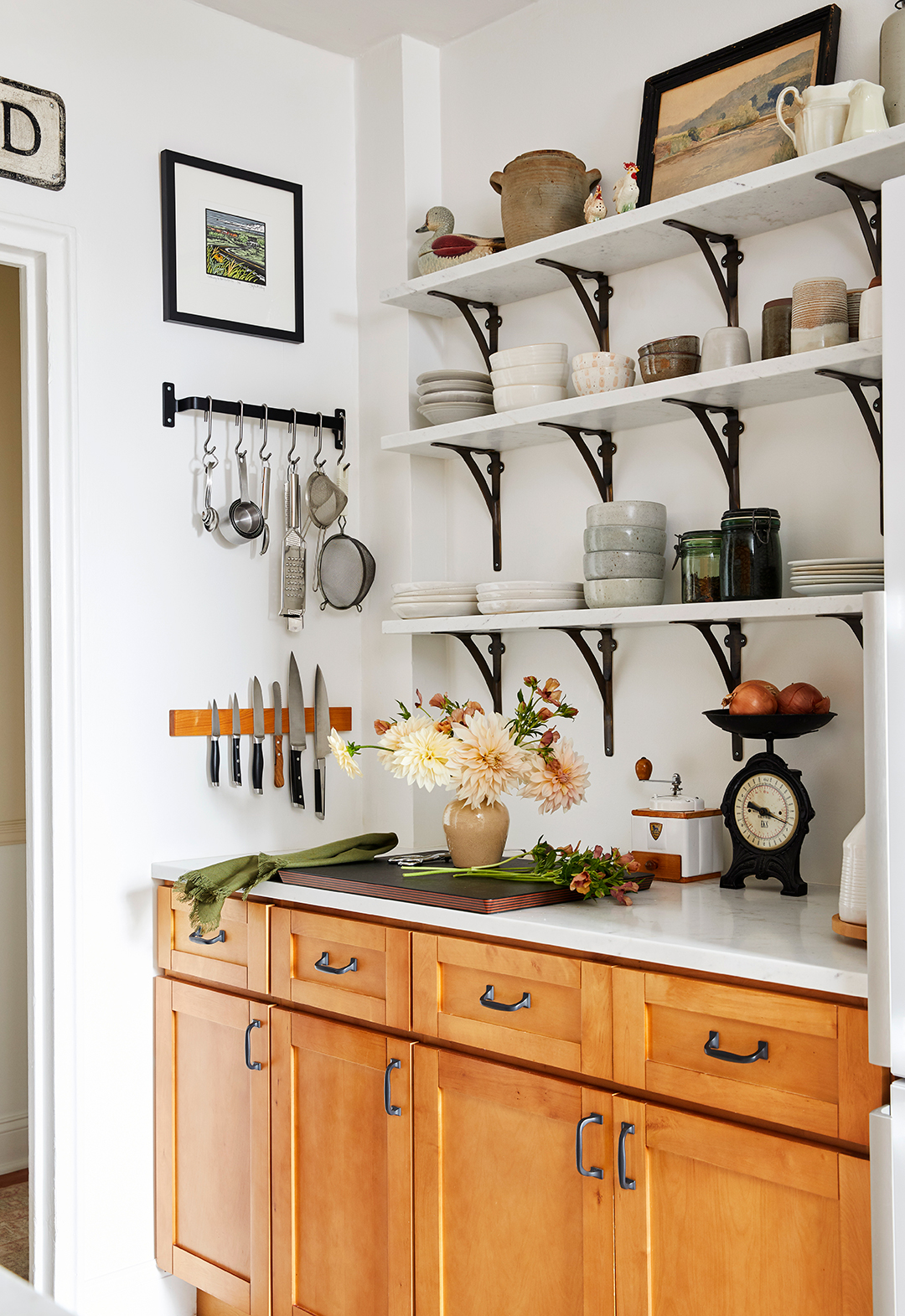7 Organizing Secrets I Learned From Writing a Book About—And Living in—Small Apartments
We may earn revenue from the products available on this page and participate in affiliate programs.
Meet our Organization Heroes, holy grail products and strategies for getting—and staying—tidy.
There’s nothing I love more than getting a glimpse into other people’s homes. Do I want the full tour? Yes, please. Care to see the garden? That’s a rhetorical question, right? And while writing my first home decor and organizing book, Embrace Your Space, I had the chance to indulge in my favorite pastime and peek inside 12 inspiring small spaces. Sure, I knew they would be charming and full of personality, but as I explored each one alongside photographer Genevieve Garruppo, I also discovered a treasure trove of organization ideas I hadn’t expected. You know, those tricks that beg the question Why didn’t I think of that?!
I found a brilliant closet organization moment in a pint-size apartment in Manhattan’s East Village and learned my new favorite decluttering strategy at a quaint Hollywood Hills cabin—all thanks to the creative folks who call these places home. Here are seven nuggets of small-space organizing wisdom that I knew I had to include in my book. (Psst: Pick up a copy now for even more tidying tips and storage hacks.)
1. Identify Your Organizing Achilles’ Heel
Fact: Decluttering is difficult for most of us. Step one is to get to the heart of your home’s mess. When I chatted with writer and creative consultant Natasha Nyanin about her jewel box of a New York City studio, she ID’d her Achilles’ heel of organization straightaway: “I can’t not buy books,” she said. Through our conversation, I realized my own organizational downfall: aspirational clutter. Just ask the bins and bins of craft supplies I will surely use one day. But once you’ve recognized the problem, you can address it. For me, that means taking inventory before I decide to bring home any more fabric or washi tape. For Nyanin, that meant investing in a large bookcase to house her home library and tossing less important items (so long, decorative bowls!) to make space for more titles.
2. Declutter According to Your Pastimes
At her family’s L.A. hideaway, designer Leanne Ford leaned into her minimalist aesthetic—thanks in large part to her signature shades-of-white color palette—but she left an abundance of books, paintbrushes, and decorative objects on display. “I really wanted this to feel like a creatively inspiring cabin,” she explained. No TV, no video games, no fancy gadgets—by getting rid of the distractions that she didn’t want demanding her family’s attention, Ford left plenty of space for all the pursuits (reading, art, music) she did.
It dawned on me then that decluttering isn’t just about stuff—it is about deciding how you want to live. What you grant space for versus let go of will determine how you spend your time. Declutter accordingly.
3. Hide Storage in Plain Sight
I’ve always believed in choosing storage that matches your style, but it wasn’t until I toured fashion PR pro Lisa Lu’s 350-square-foot studio that I realized sometimes you want furniture that doesn’t just blend in but completely disappears. By attaching a row of white IKEA Besta cabinets along the ceiling, Lu gained sufficient space for off-season clothes that you can barely see against the white wall paint. The same trick works for colorful spaces, too. Just paint the cabinet, dresser, or armoire the same shade as the surface behind it.
4. Always Be Editing
Maybe it started when the KonMari method took the world by storm, but somewhere along the way, many of us have come to see home organizing as this epic (read: daunting) marathon that consumes a week of our lives every year. So when I heard interior designer Fiona Byrne describe her “daily declutter” method, it instantly sparked, well, joy. The concept: Let go of any item the instant it no longer feels like you—why wait? For example, the designer had a sailor top she once loved, but as her tastes changed, she wasn’t feeling its navy color anymore. “I’d just get rid of that, and only keep things that, every time I put them on, I felt good,” said Byrne. Whenever she opens her closet—or her polka-dot office drawers, for that matter—there’s not a single item she doesn’t adore.
5. Set Up Organizing Systems for Your Laziest Self
When figuring out how to store everything in her apartment, designer Kate Hamilton Gray knew that during the busy workweek, she likely wouldn’t take the time to sort her mail and carefully hang up each piece of clothing. Instead baskets save the day. She tosses dog toys in one, uses another as her work in-box to collect paint chips and fabric samples, and stows her go-to sweaters in a woven hamper. I suddenly understood why so many home organization ideas fail: They are simply too ambitious. By relying on baskets and Shaker peg rails, the designer can mindlessly put everything back where it belongs—no folding, clothes hangers, or complicated systems necessary.
6. Sneak Storage Into Any Available Nook and Cranny
If you live in a rental apartment or an older home, chances are there’s an awkward alcove lurking somewhere. I was inspired by how many of the homes I visited maximized every last inch of these oft-overlooked nooks. Naturally, Domino’s style editor, Julia Stevens, knows that a sliver of square footage equals a big storage opportunity. In the loft she formerly shared with roommates Paris Fabrikant and Tori Jenner, Stevens outfitted a niche next to the kitchen with an IKEA island and custom-cut wood shelves. Pots, pans, glasses, dishware, and multiple sets of knives found a home without taking up any precious cabinet space.
7. Take Shelving to the Ceiling
If you’ve read any articles or books on home organization, you’ve undoubtedly heard organizing pros extol the use of vertical space. And for good reason. Shelves, hooks, and wall-mounted cabinets add valuable storage but have a barely there footprint. When exploring several homes featured in the book, I realized you could go one step further: Take your storage to the ceiling.
In their Brooklyn apartment, Matthew DeRosier and Casey Gorrell installed a set of marble shelves from their countertop all the way up. The lower ledges hold everyday dishes, while the uppers display decorative objects and less frequently used vases. In a closet, extend your shelves to the tippy-top and designate the highest ones for off-season clothing or spare bedding reserved for guests.
The post 7 Organizing Secrets I Learned From Writing a Book About—And Living in—Small Apartments appeared first on domino.
